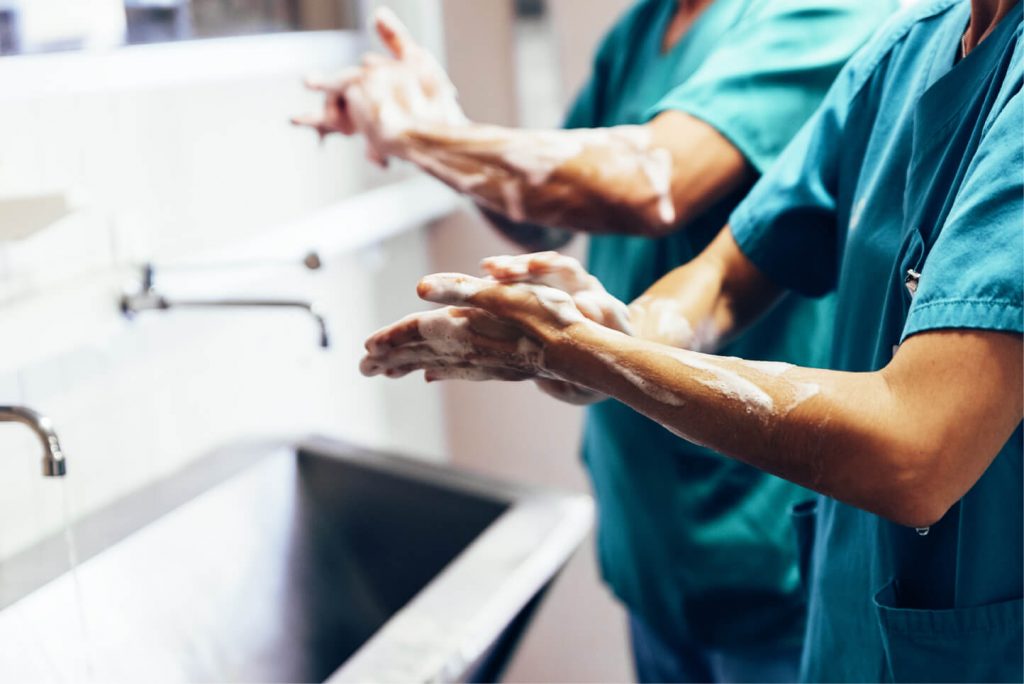The fact that hands carry pathogenic microorganisms that could be transmitted to susceptible patients who subsequently develop infections have been known since the mid-19th century. Since that period, plenty of evidence has been mounting about the risk to patients from transient pathogens on health care workers hands.
Handwashing guidelines have been developed over the years by institutions responsible for infection control. Medicated soap and water handwashing and alcohol-based hand rub (ABHR) have been recommended a mean to avoid or minimize the risk of transmission of healthcare-associated infections (HAIs).
Amongst the plethora of hygiene procedures considered essential in helping to prevent the spread of infectious diseases, hand hygiene is regarded as a top priority in all settings. It is estimated that half a million people die each year from diarrhoea or acute respiratory infections that could have been prevented by adhering to the simple act of cleaning hands.
Apart from preventing or reducing the risk of transmitting health care-associated infections, hand hygiene can help in avoiding significant financial costs resulting from sickness and death. Many studies have concluded that hand hygiene compliance was associated with a decrease in healthcare-associated infections.
WHO guidelines on hand hygiene in health care
According to WHO “healthcare-associated infections affect hundreds of millions of patients worldwide every year. Infections lead to more serious illness, prolong hospital stays, induce long-term disabilities, add high costs to patients and their families, contribute to a massive, additional financial burden on the healthcare system and, critically, often result in the tragic loss of life.
This prompted WHO in the collaboration with many prominent international organizations and experts to launch the new global Guidelines on Hand Hygiene in Health Care in 2009 and initiated a campaign “Clean Hands Save Lives”.
The present guidelines are intended to be implemented in any situation in which healthcare is delivered either to a patient or to a specific group in a population. It included the five critical moments where hand hygiene is of paramount importance, “My five moments for hand hygiene
These five moments were chosen carefully to maximize the interruption of the transmission route of pathogens: two before patient contact, two after patient contact, and one after contact with the patient’s zone.
The WHO guidelines on hand hygiene in health care provide health-care workers (HCWs), hospital administrators and health authorities with a thorough review of evidence on hand hygiene in health care and specific recommendations to improve practices and reduce transmission of pathogenic microorganisms to patients and HCWs. These guidelines provided the first standardized tool for the collection of hand hygiene compliance data to enhance internal consistency and to avoid/minimize bias during the human auditing process.
Request more information about Orion Hygiene Compliance Monitoring System (H.C.M.S), visit Orion medical page. click here.
